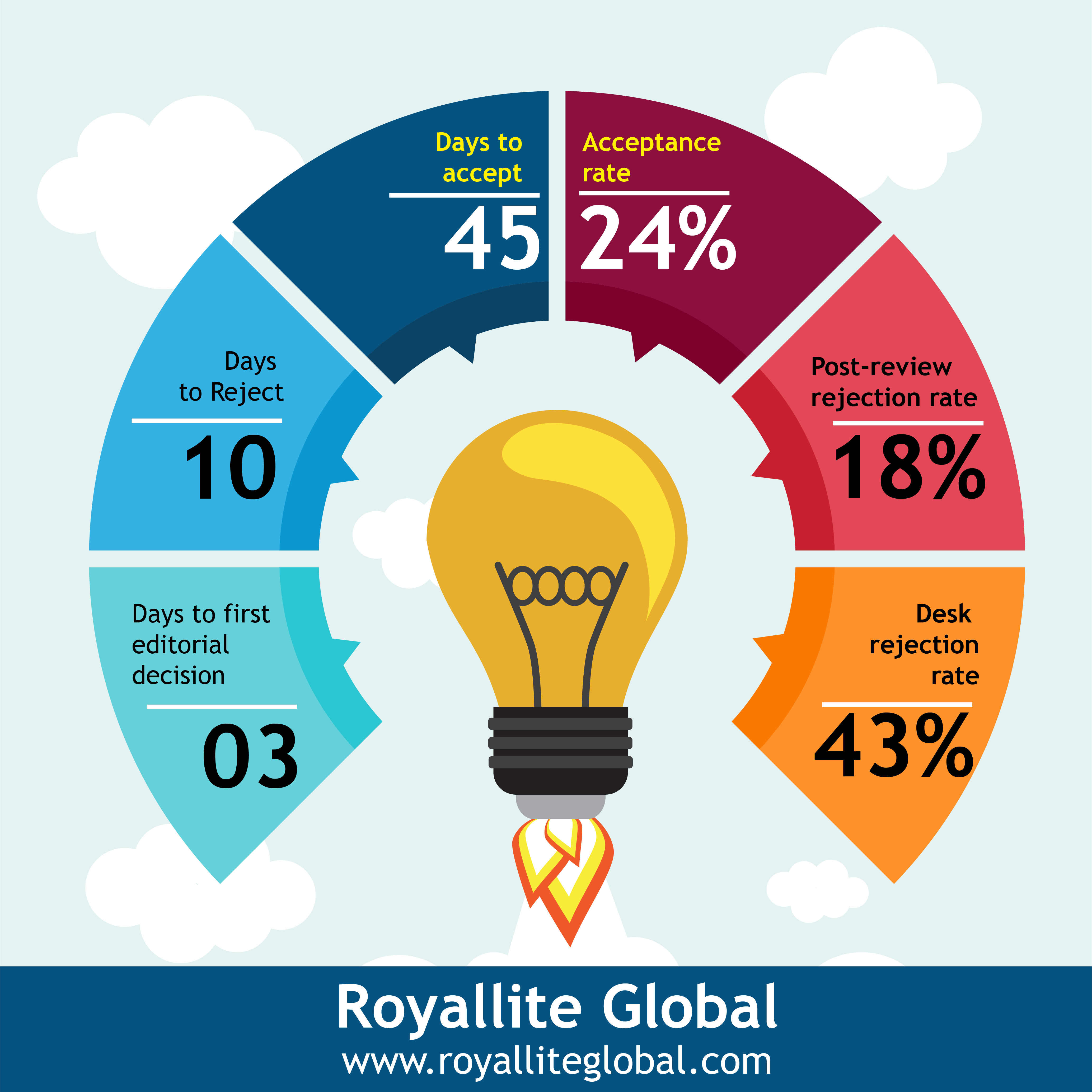An analysis of the phonological structure of homograph sets in Ekegusii
Keywords:
homographs, phonemes, vowel length, vowel typeAbstract
The aim of this paper is to analyze the phonological structure of homograph sets in Ekegusii. The paper is based on the premise that homograph sets in Ekegusii exhibit an array of phonological distinctiveness. Thus, using the distinctive features theory by Jakobson (1968), the paper describes respective sound features that are responsible for the variations that exist between different sets of homographs in Ekegusii. Multistage sampling which involved both purposive sampling and systematic sampling were used to identify the respondents and in selecting the homographs for analysis, respectively. A combined data elicitation method from Ekegusii native speakers and the researcher’s native speaker intuition was used to collect homographs for analysis. The results describe certain strategies that aid in distinguishing peculiar sets of homographs from each other. Accordingly, this paper is on lexical distinctions, thus it not only implicit on the vocabulary of Ekegusii but it also aids in improving the formal grammatical description of the language. It is hoped to be a resource for improvement of materials which aid in teaching and learning of Ekegusii and extend the knowledge of Ekegusii corpus.
References
Anyona, G. M. (2017). Phonological and morphological nativization of English nouns borrowed into Ekegusii: A constraint - based approach. Unpublished PhD thesis, Kisii University.
Barasa, D. (2017). Ateso Grammar: A descriptive account of an Eastern Nilotic Language. Unpublished PhD Thesis, University of Cape Town.
Cammenga, J. (2002). Phonology and morphology of Ekegusii: A Bantu language in Kenya. Nairobi: Krippe publishers.
Chomsky, N., & Halle, M. (1968). The sound pattern of English. Cambridge, Mass. MIT Press.
Gee, N. R, & Harris. L. (2010). Homograph norms: An alternative approach to determining meaning dominance. Behavior Research methods. 42(4), 976-986 doi: 10.375&/BRM. 42.4.976.
Jakobson, R. (1941). Child language, Aphasia Phonological Universals. The Hague: Mouton.
Komenda, S. (2011). An auto-segmental analysis of vowel compensatory lengthening in Ekegusii. Unpublished M.A Thesis. Kenyatta University.
Komenda, S., Maroko, G. M., & Ndung’u, R.W. (2013). The morpho-phonemics of vowel compensatory Lengthening in Ekegusii. International journal of Educational Research 1(9)1-16.
Lewis, M, P., Garry, P & Charles, D. (2016). Ethnue: Languages of the World. (19th Edition). Dallas, Texas: SIL International. Online version: http://www.ethnologue.com
Maho, J. F. (2008). The Bantu bibliography (African linguistic bibliography). Koln: Rudiger Koppe Verlag.
Mose, E. G. (2020). A morpho-phonological analysis of borrowed segments in Ekegusii language: An optimality perspective. Unpublished PhD Thesis Kenyatta University.
Mudogo, B. A. (2017). Word level strategies used to attain functional Lukabras equivalence in the translation of Mulembe FM Luhya newscasts. Unpublished PhD Thesis Maseno University.
Nyakundi, P., M. (2010). Motivation, morpho-phonological processes in Egesembesa Argot among Ekegusii-Speaking males of western Kenya. (Unpublished master’s thesis). Kenyatta University, Nairobi, Kenya.
Omoke, N. J. (2012). A lexical pragmatic analysis of the sense relations in Ekegusii. University of Nairobi: Unpublished MA thesis.
Omoke, J. N., Barasa, D., and Basweti. N. (2018). Ekegusii sense relations in a lexical pragmatic theoretical perspective: International Journals of academics and research 1(1),15-21.
Ongarora, D., (1996). Vowel harmony in the Rogoro dialect of Ekegusii (Unpublished MA thesis, Egerton University).
Osinde, K.N. (1988). Ekegusii morpho-phonology: an analysis of the, major consonantal processes. University of Nairobi.
Otieno, P.N. (2020). Acoustic analysis of Ekegusii vowels and stops. (Unpublished PhD thesis, Kisii University).
Richards, J.C. and Richard S. (2002). Longman dictionary of language teaching and applied linguistics. Essex, England: Pearson Education Limited.
Seliger, H. W., and Shohamy, E. (2013). Second Language Research Methods-Oxford Applied Linguistics. Oxford University press.
Downloads
Published
Issue
Section
License
Copyright (c) 2022 Benard Angatia Mudogo, Alloys Otete Maobe, David Barasa

This work is licensed under a Creative Commons Attribution-NonCommercial-ShareAlike 4.0 International License.
This open-access article is distributed under a Creative Commons Attribution (CC-BY) 4.0 license.
You are free to: Share — copy and redistribute the material in any medium or format. Adapt — remix, transform, and build upon the material for any purpose, even commercially. The licensor cannot revoke these freedoms as long as you follow the license terms.
Under the following terms: Attribution — You must give appropriate credit, provide a link to the license, and indicate if changes were made. You may do so in any reasonable manner, but not in any way that suggests the licensor endorses you or your use.
No additional restrictions You may not apply legal terms or technological measures that legally restrict others from doing anything the license permits.






